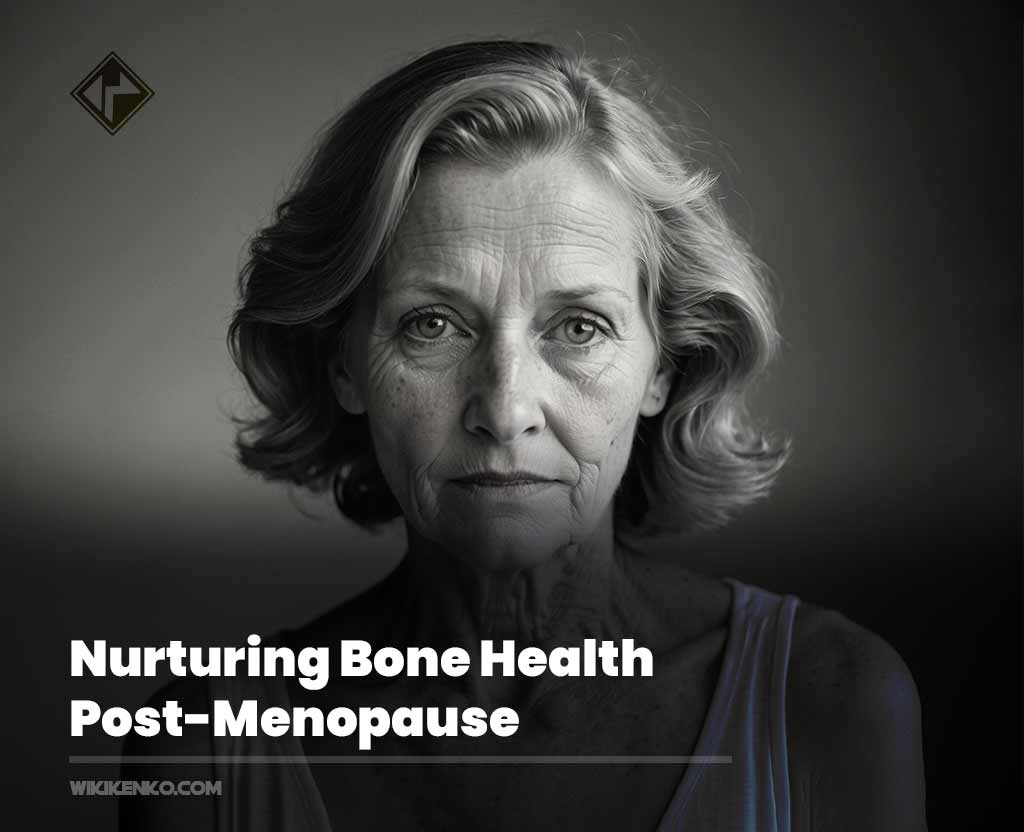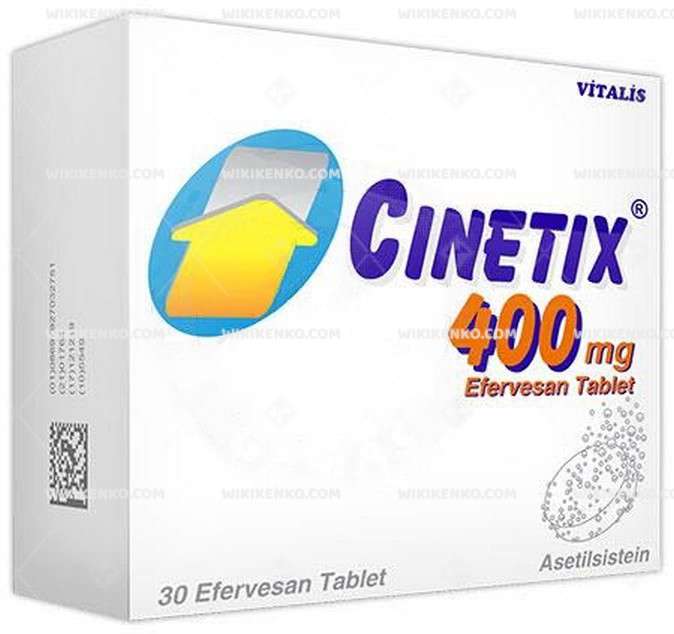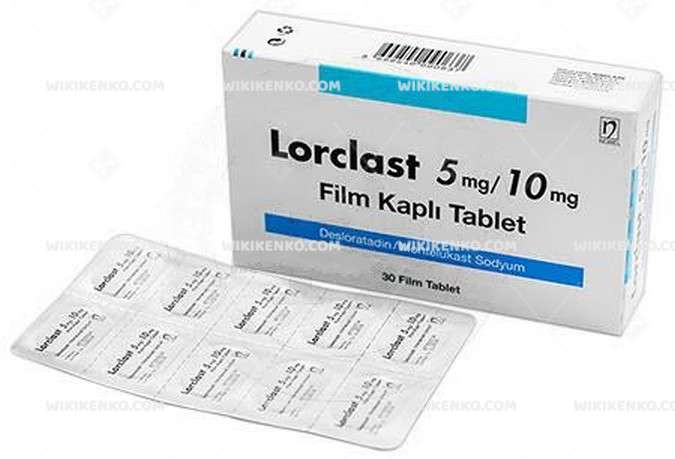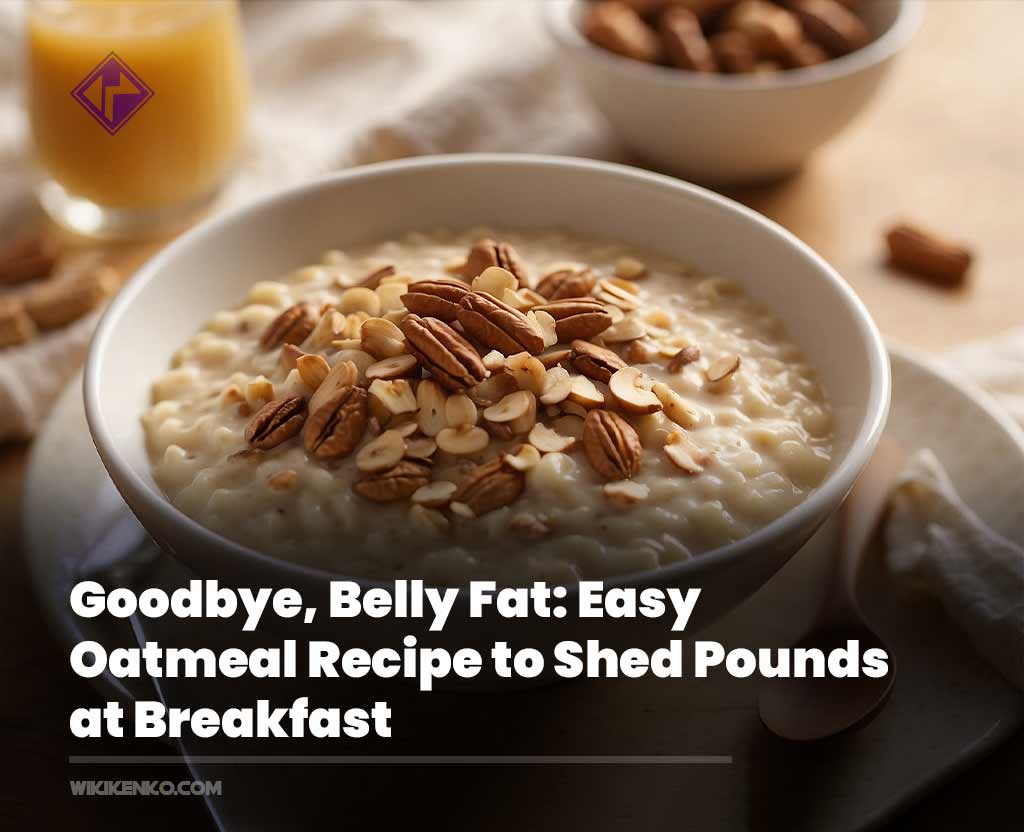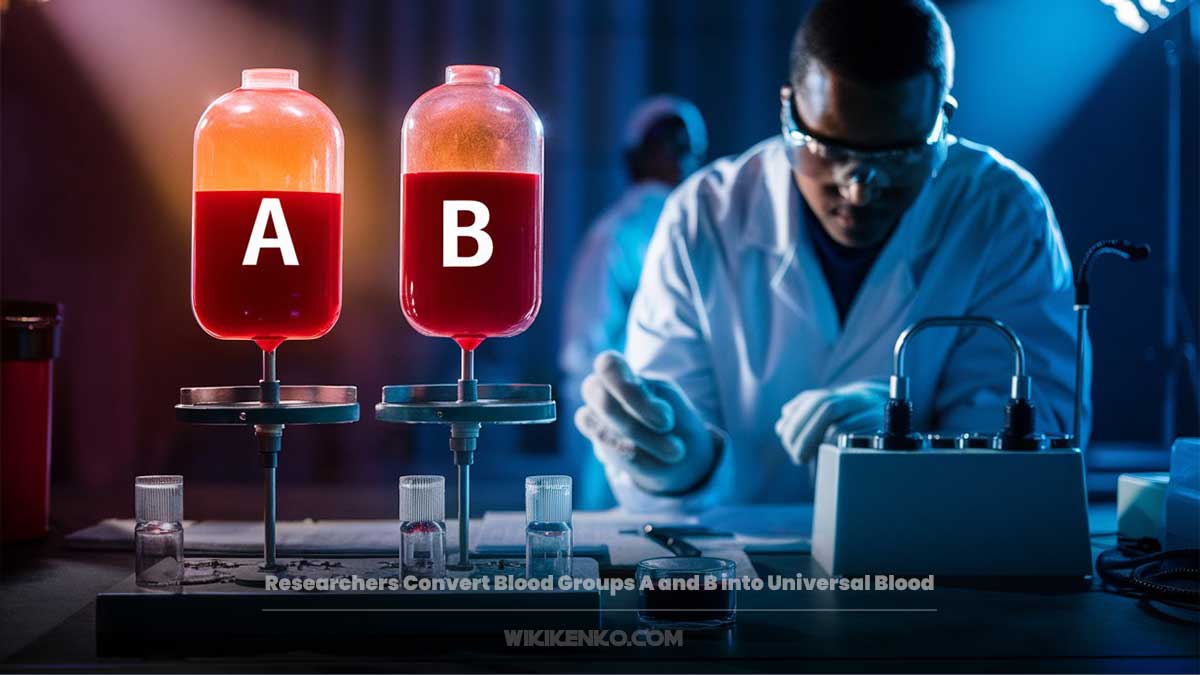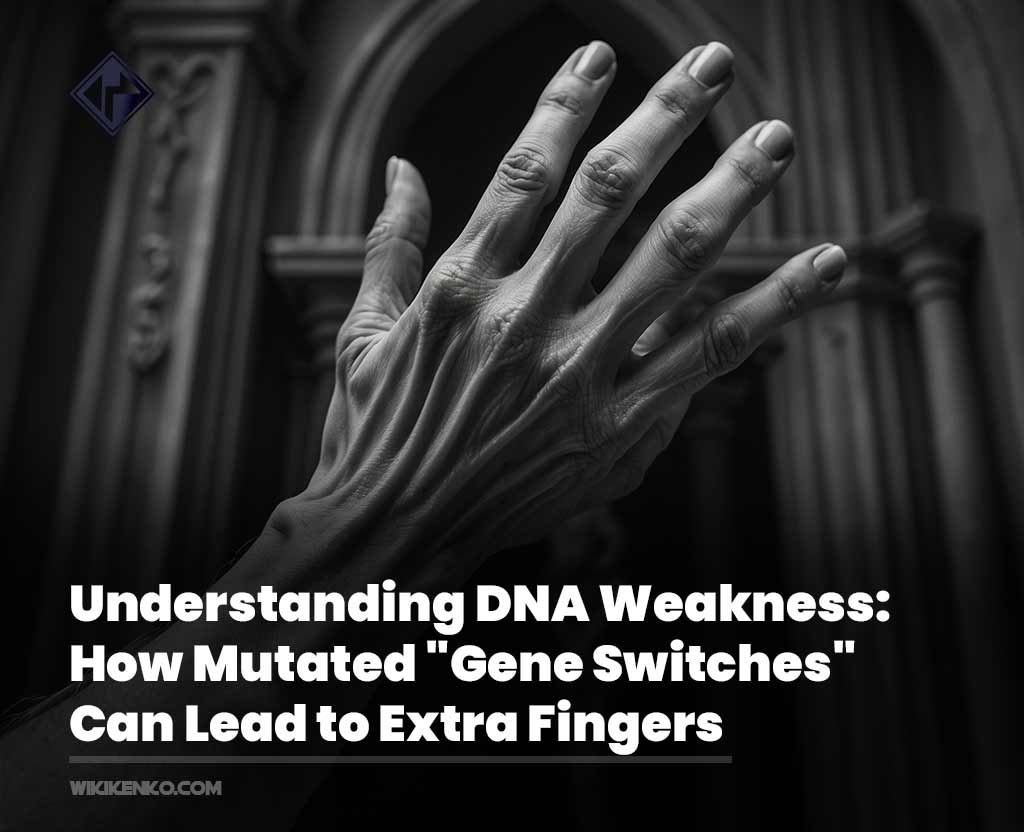|
Getting your Trinity Audio player ready…
|
Laura, at 51, has recently entered the postmenopausal phase, bringing forth concerns about osteoporosis. Understanding how menopause affects bone health and what steps can be taken to counteract its negative impact is crucial.
The Role of Exercise in Preventing Osteoporosis
During menopause, there’s a decline in the production of female sex hormones (estrogens and progesterone). Particularly, estradiol, with its beneficial effect on bone health, experiences a reduction, leading to accelerated loss of bone mineral density. This phase, known as osteopenia, may progress to osteoporosis (porous bone) in advanced stages, increasing the risk of fractures.
Exercise as a Crucial Tool for Bone Health
Exercise plays a pivotal role in preventing and reversing osteoporosis. Studies indicate that targeted exercise supervision, focusing on bone regions most affected by mineral density loss, such as the lumbar spine, femoral head, and hip region, is effective in preventing fractures and reducing fall incidents.
Scientific Insights on Exercise and Bone Density
Scientific research demonstrates moderate benefits of physical activity on bone mineral density in postmenopausal women, irrespective of bone status or menopausal phase. Various exercises, including aerobic, strength, or a combination, contribute to improving bone mineral density levels.
Tailoring Exercise to Menopausal Stages
The impact of exercise on bone density loss is more pronounced in early menopause stages compared to later stages. Those engaging in impactful activities and progressive strength training exhibit 1% to 3% lower bone density loss than inactive individuals. Notably, incorporating progressive lower-body strength exercises yields greater benefits.
Choosing the Right Activities
However, not all physical activities are equally favorable. While aerobic exercise has overall health benefits, activities like swimming or cycling are not recommended for improving bone health.
Considerations for Contraceptive Users
Current scientific evidence also hints at a potential negative association between long-term contraceptive use, especially progestin-only contraceptives, and bone health post-menopause. For individuals with prolonged contraceptive use entering menopause, regular exercise becomes paramount for bone health.

Guidelines for Effective Exercise
Based on the latest recommendations from the 2022 UK Consensus Statement on Physical Activity and Exercise for Osteoporosis, here are guidelines to enhance bone strength:
Increasing Bone Strength:
- Incorporate Impact Exercises:
- Activities: Progress from low-impact activities (walking, stair climbing, Nordic walking) to moderate-impact activities (low jumps, skipping, jogging, zumba, racket sports, team sports) with varied movements.
- Frequency and duration: Most days, with sessions of 20 minutes. If engaging in moderate impacts, 50 impacts are sufficient.
- Introduce Strength Training:
- Activities: Introduce strength training, preferably with weights, for both upper and lower limbs. Emphasize exercises targeting the spinal extensors and hip.
- Frequency and sets: 2-3 times a week with 3-4 sets per exercise. Building muscle mass contributes to bone health.
- Exercise intensity: Gradual progression in weights, prioritizing technique and aiming for 80-85% of maximum load (high loads).
- Include Balance-Challenging Exercises:
- Specific strength and balance training can prevent falls, a crucial factor in avoiding fractures.
- Activities: Specific balance exercises or activities like tai chi, dance, yoga, or pilates.
- Frequency: 2-3 times a week; daily if there’s a history of falls.
- Incorporate Postural and Core Exercises:
- Activities: Core exercises, particularly focusing on spinal erectors. Activities like swimming, yoga, and pilates also contribute.
- Frequency: 2-3 days a week.
Embracing Movement for a Healthy Menopausal Phase
Exercise stands as a fundamental aspect of our health, especially as we navigate the challenges of menopause. Responding with movement and vitality becomes key in preserving bone health during this new phase of life.
Conclusion
It’s essential to tailor the exercise program based on an individual’s bone mineral density level, whether dealing with osteoporosis or maintaining optimal bone health. Seeking guidance from a fitness professional ensures a well-structured and supervised program.
Original source: This information was Initially covered by elpais.com and has been translated for our readers.
